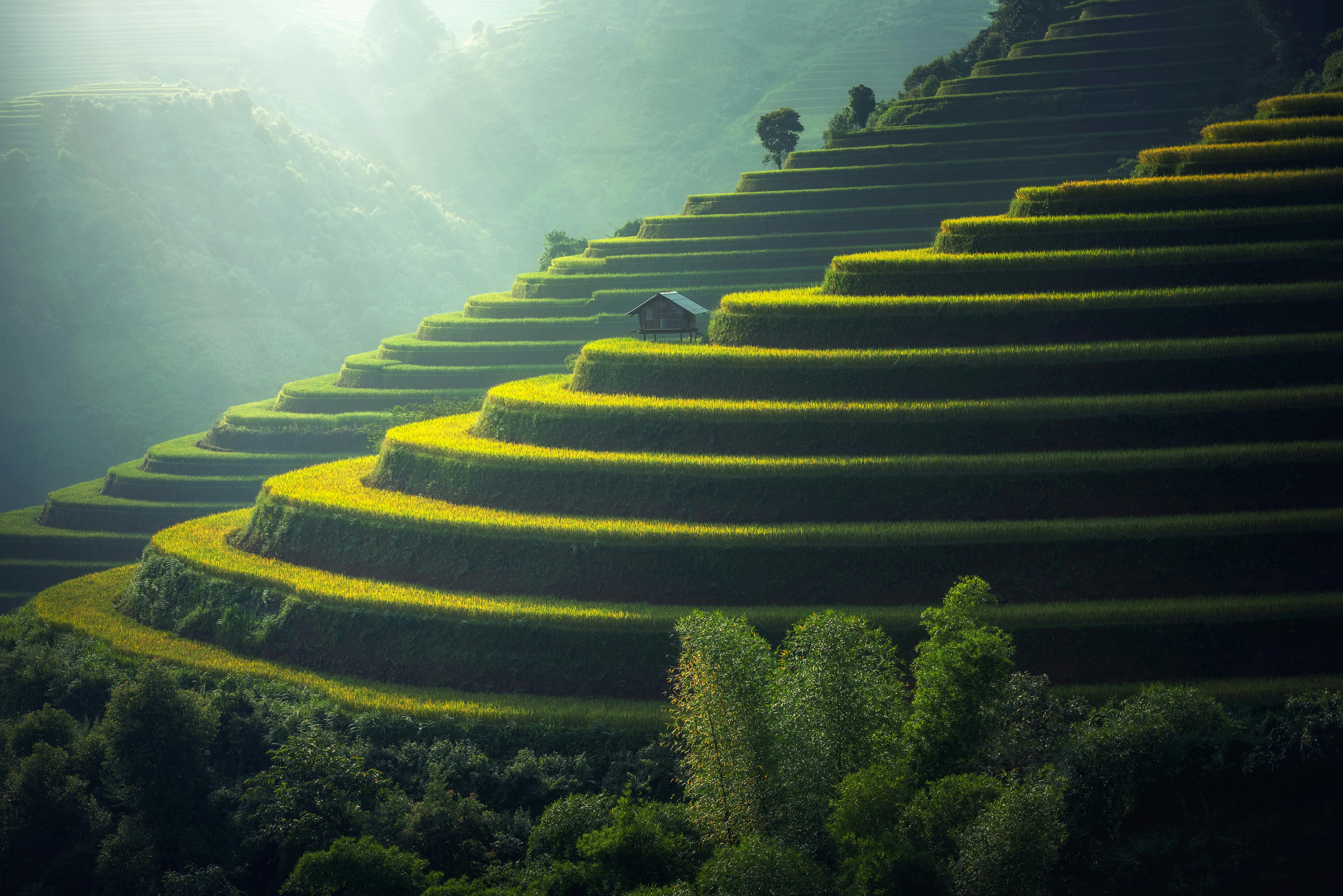Explore Collections
Discover curated collections of high-quality images for your next project

Nature
Stunning landscapes, plants, and wildlife from around the world

Travel
Discover beautiful destinations and travel photography

Architecture
Impressive buildings, interiors, and architectural details

Food
Delicious food photography and culinary inspiration

Animals
Adorable pets and fascinating wildlife photography

Business
Professional business imagery for your projects

Technology
Modern technology, gadgets, and innovation

People
Diverse portraits and people in various settings
Latest from Our Blog
Discover tips and insights about stock photography and visual content

Top 20 Keywords to Use When Searching for Stock PhotosIntroductionFinding the perfect stock photo often depends on using the right keywords. Whether you're a designer, blogger, or marketer, refined search terms can drastically improve your search results and help you locate images that truly match your creative vision.The Importance of KeywordsEffective keyword usage not only saves time but also enhances the quality of the images you discover. In the crowded field of stock photography, precision is crucial. Knowing which adjectives, styles, and themes resonate with your intended audience gives you a significant advantage.Our Top 20 KeywordsAfter careful research and trend analysis, here are the 20 keywords that can help elevate your search performance:MinimalistVintageVibrantOrganicAbstractCleanRusticContemporaryElegantModernDynamicTextureMonochromeBoldSoftNaturalUrbanPlayfulSereneArtisticImplementing Keywords in Your WorkflowMix and match these keywords with your subjects for more nuanced searches. For instance, pairing minimalist with urban might yield a unique collection of images that reflect both simplicity and modern city life.ConclusionRefining your stock photo searches with these top 20 keywords will help you quickly find high-quality images tailored to your project's needs. Experiment with different combinations and enjoy a more efficient creative process.

5 Ways to Optimize Images for Faster Website LoadingIntroductionIn today's fast-paced digital world, website speed is critical for retaining visitors and driving engagement. Images, while visually appealing, can significantly slow down your page if not optimized properly. In this article, we discuss five practical strategies to optimize your images without compromising quality.1. Compress Images EfficientlyCompression is the first line of defense against slow load times. Use tools like TinyPNG or JPEGmini to compress images without noticeable loss in quality.2. Use the Appropriate File FormatChoosing between JPEG, PNG, or even WebP is essential. JPEG is ideal for colorful photographs, PNG for images requiring transparency, and WebP for an optimal balance between quality and file size.3. Implement Lazy LoadingLazy loading ensures that images load only when they enter the viewport. This technique can reduce the initial page load time significantly.4. Utilize Responsive ImagesResponsive design isn't just for layouts; it extends to images as well. Serve different image sizes based on the user's device to ensure that the right file is delivered at the right time.5. Leverage a Content Delivery Network (CDN)A CDN distributes your images across multiple data centers globally. This not only speeds up the delivery but also improves overall site performance.ConclusionOptimizing images is a vital aspect of website performance. By compressing files, choosing the right formats, and implementing modern loading techniques, you can create a faster, more user-friendly site that appeals to both visitors and search engines.

Best Image Formats for Websites: JPG, PNG, or WebP?IntroductionSelecting the right image format is crucial for balancing quality with performance on your website. With numerous options available, the choice often narrows down to JPG, PNG, or the emerging WebP format.Understanding Each FormatJPG: Known for its balance of quality and file size, JPG is ideal for photographs and complex images. However, repeated editing can degrade its quality.PNG: PNGs offer lossless compression, preserving image quality and supporting transparency. They are best suited for graphics, logos, and images where clarity is paramount.WebP: The modern alternative, WebP, provides superior compression rates without sacrificing quality, though its compatibility varies.Which Format to Choose?The decision ultimately depends on the specific requirements of your website. Use JPG for everyday photos, PNG for detailed graphics, and consider WebP for improved performance where browser compatibility permits.ConclusionUnderstanding the advantages and limitations of each image format allows you to make an informed decision that enhances both aesthetics and performance. Evaluate your specific needs and experiment to find the perfect balance for your site.